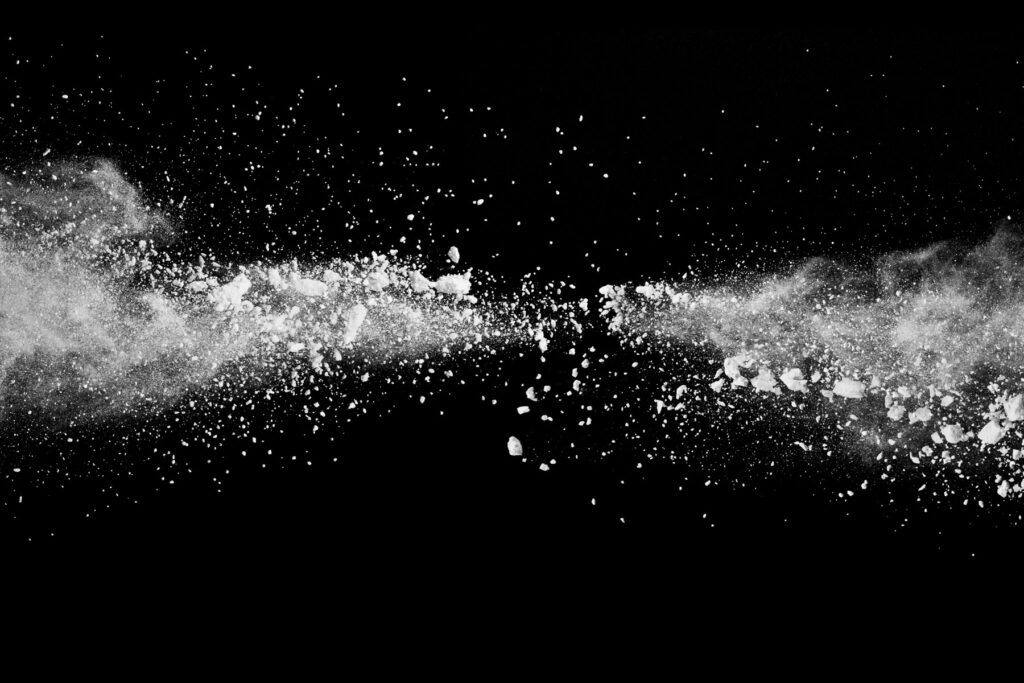Identifying cocaine is crucial for those impacted by addiction. Whether it’s a loved one, a friend, or yourself, recognizing the signs and symptoms of cocaine use can lead to early intervention and support. Woodland Recovery Center’s team provides the tools and support needed to overcome addiction through a combination of therapies and care plans tailored to each person’s needs, helping them have the best chance at rediscovering their lives after addiction. Call us today at 662.222.2989 and learn more about how cocaine addiction treatment can offer you healing and support.
What Is Cocaine?
Cocaine is a powerful and highly addictive stimulant drug derived from the leaves of the coca plant, which is native to South America. It acts primarily on the body’s central nervous system by increasing dopamine levels, a neurotransmitter associated with pleasure and movement, resulting in the intense euphoric effects that users experience.
Historically, cocaine was used in medical settings for its anesthetic properties, but its high potential for abuse and dependency has led to strict regulation. Today, cocaine is classified as a Schedule II drug due to its limited medical uses and high potential for addiction. Individuals must understand the risks associated with cocaine use as it has significant physical, mental, and social consequences.
How Does Cocaine Look?
Cocaine can appear in several forms depending on how it is processed. It is commonly found as a fine, white, crystalline powder that may sometimes look slightly off-white or beige. It’s important to recognize the physical characteristics of cocaine, especially for young individuals who might encounter it.
Here are some key traits to identify cocaine:
- Color –Typically appears white, though it can be off-white or slightly beige.
- Texture – Usually a fine, powdery substance.
- Packaging – Often found in small bags made of plastic or paper.
- Form – Besides powder, it can also appear as a solid crystal known as crack cocaine.
- Smell – Can have a mild chemical smell due to additives.
Understanding these characteristics can help people identify cocaine and take appropriate actions if they or someone they know is at risk.
The Dangers of “Cut” Cocaine
The danger of cocaine, as well as many other street drugs, is that there is no way of telling what the white powder has been “cut” with. “Cutting” the drug is the process of mixing pure cocaine with inactive substances that don’t add to the stimulant effects of the cocaine but do increase the weight and volume. Street dealers will use this technique to increase their profit margin.
Some common substances used to cut cocaine include:
- Talcum powder
- Powdered sugar
- Corn starch
Sometimes, substances that add to the substance’s effects, strength, and danger are mixed with cocaine. Some of these dangerous substances include:
- Procaine – A local anesthetic that simulates the numbing effects of cocaine.
- Various amphetamines – These stimulant drugs, also known as “uppers” or “speed,” enhance the potency of cocaine.
- Heroin and other opioids – Used in combination with cocaine in what is known as a “speedball.”
The dangers of “cut” cocaine can be severe and unpredictable, as people may not know what substances they are ingesting. This uncertainty is why seeking professional treatment for cocaine addiction is crucial in overcoming this dangerous drug.
Cocaine Addiction Treatment Starts with Detox
Rehab for cocaine addiction starts with detox. While detoxing from cocaine is not as dangerous as detoxing from other drugs, it can still be extremely uncomfortable and require medical supervision.
At Woodland Recovery Center, our goal is to help the detox process by making it as comfortable as possible. Many people who habitually consume cocaine also consume other harmful substances, particularly alcohol. Many find that the sedative effects of alcohol help to combat the cocaine “come down.” The cocaine detox process is more complicated if the person is also addicted to alcohol or other substances.
That’s where our compassionate medical professionals come in. Our staff is well-experienced in dealing with the complications that come along with polysubstance addictions. Not only can detoxing at our cocaine addiction treatment center in Mississippi help reduce the intensity of physical withdrawal symptoms, but our controlled environment also provides support for the psychological effects that can often keep someone from successfully completing this process. Our team will help you decide if a formal cocaine detox is necessary.
Call Woodland Recovery Center to Find Addiction Support
If you or a loved one is struggling with cocaine addiction, know that help is available. At Woodland Recovery Center, we offer personalized and evidence-based treatment for those seeking to overcome their addiction. Our team of professionals can guide you through the process of identifying cocaine use, detoxing safely, and creating a customized care plan to support your recovery journey. Call us today at 662.222.2989 or contact us online to learn more about our addiction treatment programs and how we can help you take the first steps toward lasting recovery.



